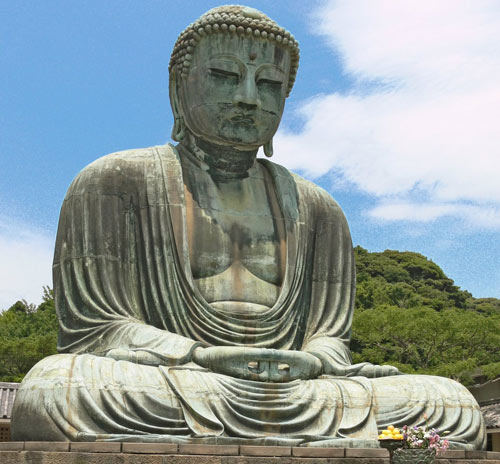This is a guest post by Manatita
In this essay, the writer will first show the essentials of Yama and Niyama and its relation to Yoga, and will conclude with the practical aspect of how these two ?abstinences?, has affected his daily life and Yoga practice.
Yama and Niyama are the first steps in Yoga practice. They are considered the foundations of Yoga. They are the first two limbs of the eight-fold Path of Patanjali – the ancient sage – the rest being:-
- Asana – bodily postures. They combine a series of exhaustive exercises, widely known in the West as Hatha Yoga, for the health and discipline of the physical. They are also useful for the movement of the life-force and the attainment of the Higher Yoga.
- Pranayama – control of the life-force. It involves the inhaling, retention and exhaling of breath.
- Pratyahara – withdrawal of the senses from the external world
- Dharana – concentration – control of or steadying of the mind on a particular object to the exclusion of everything else.
- Dhyana – the gazing or fixing of the mind on a Higher Consciousness. Sri Chinmoy, in his book The Silent teaching, 1985, refers to it as conscious self-expansion?.?silence, energizing and fulfilling?the eloquent expression of the inexpressible?
- Samadhi – profound contemplation or the tuning of the inner self with the Universal Self. This is a profound state and achieved by only a few. (Gibson, WB: The Key to Yoga, 1958)

